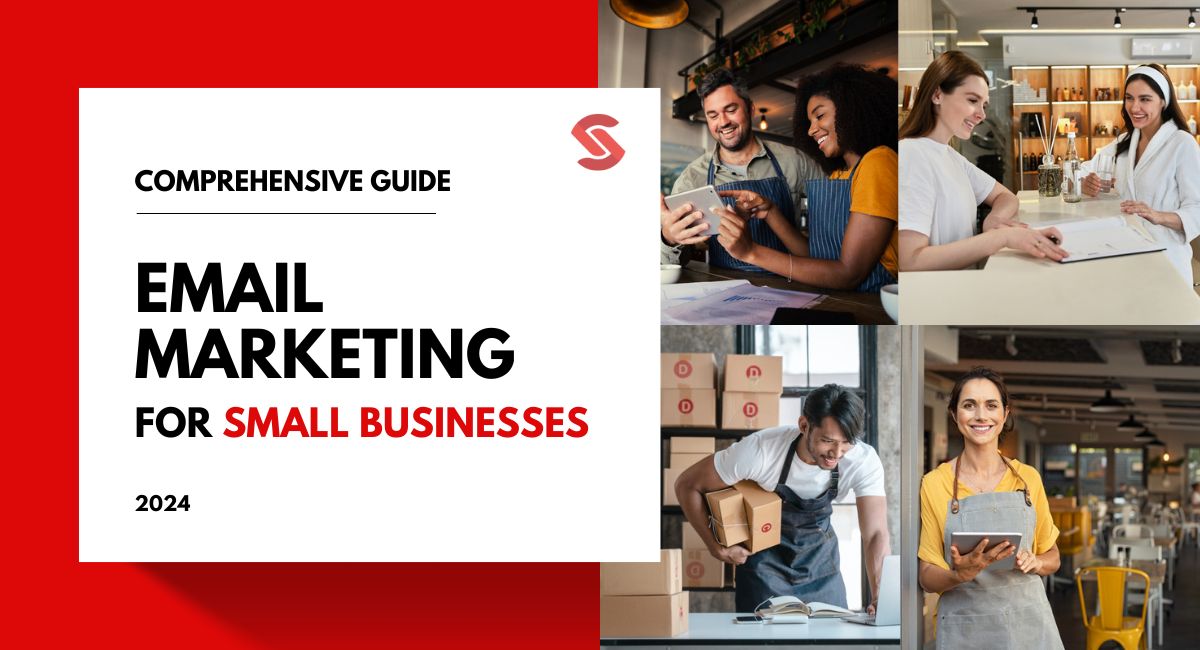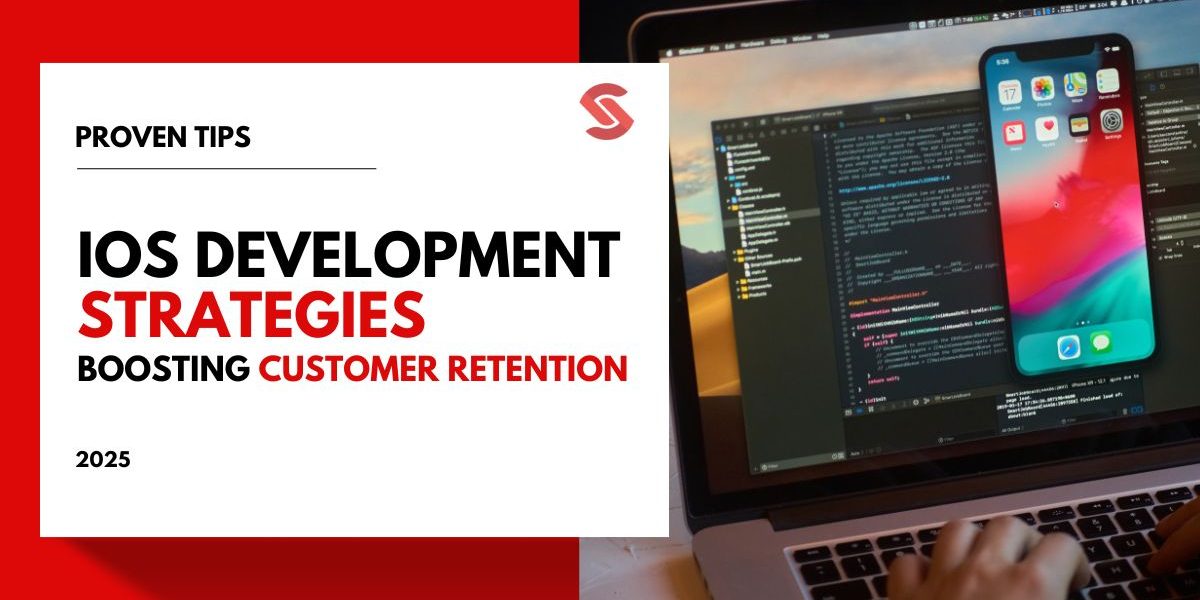We all get those fun, clever email subject lines that make us click. Behind each one, someone is trying to sell us a product or service. This blog is your go-to guide for email marketing, specially made for small businesses.
Learn how email marketing can boost your sales, tackle common challenges, and use simple strategies to succeed. Whether you are sending newsletters or setting up automated emails, we will cover everything you need to know to make email marketing work for you.
What is Email Marketing?
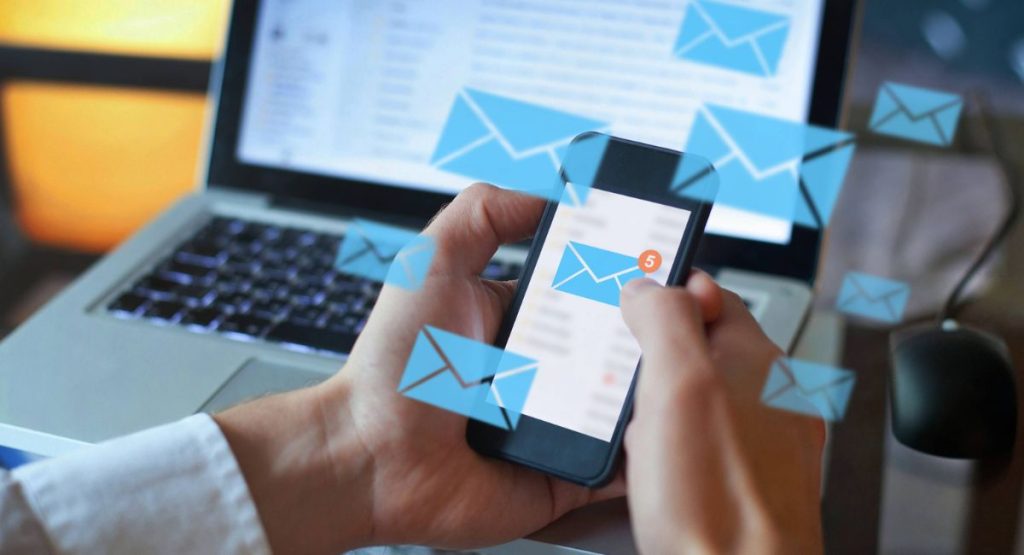
Email marketing is a way to send messages to people using email. It helps businesses talk to their customers and share news, promotions, or updates. These emails can be newsletters, special offers, or important announcements.
It’s a part of digital marketing, using emails to reach and engage customers. With email marketing services, businesses can build relationships, keep customers informed, and encourage them to buy products or services.
Does Email Marketing Work for Small Businesses?
Email marketing can be a game-changer for small businesses. It’s like sending letters but faster, using computers! Studies show that 81% of small businesses rely on email as their main way to get new customers. It’s very cost-effective with a return of $38 for every $1 spent.
Small businesses see higher engagement rates with personalized emails. For example, segmented email campaigns can boost revenue by up to 760%. Consistent email marketing helps improve customer retention and drives repeat purchases.
A survey by HubSpot found that 59% of marketers say email is their biggest source of ROI. Case studies reveal that small businesses using email marketing report better sales and stronger customer relationships.
Using tools like MailChimp or Constant Contact, small businesses can create and send targeted emails that get results. It is a reliable and powerful tool for small businesses to grow and succeed.
Impact of Email Marketing On Small Businesses
Here is a bar chart showing the impact of email marketing on digital marketing services:
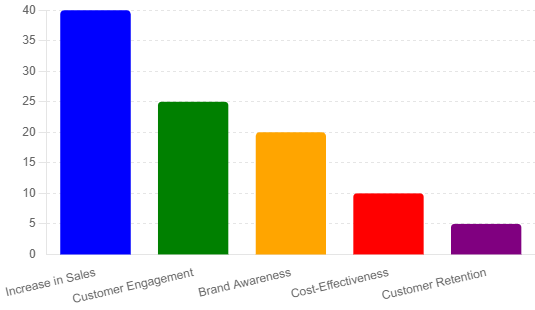
This chart highlights the significant role email marketing plays in driving sales, engaging customers, building brand awareness, and being a cost-effective marketing strategy.
Why Is Email Marketing Important for Small Businesses and Owners?

Email marketing services are important for small businesses because they boost sales, improve customer engagement, and build brand loyalty. It’s cost-effective, offering high returns on investment. Personalized emails keep customers interested and encourage repeat purchases.
Automated campaigns save time and ensure timely communication. Email marketing helps small businesses grow and maintain strong relationships with their customers.
Here is a breakdown of how different marketing channels can works for your business:
| Marketing Channel | Cost | Reach | ROI |
| Email Marketing | Low | High | High |
| Social Media | Medium | Medium | Medium |
| Paid Ads | High | High | Low |
1. Low-Cost Marketing Method
Email marketing is a budget-friendly option for small businesses. It costs much less than traditional marketing methods like print or TV ads. With tools like Mailchimp or Sendinblue, you can reach thousands of customers for a few dollars a month.
Studies show that email marketing has an average ROI of $38 for every $1 spent. This makes it cost-efficient to promote products, engage with customers, and drive sales without breaking the bank.
2. Targeted and Personalized Communication
Email marketing allows small businesses to send targeted, personalized messages to specific audiences. By using customer data, businesses can segment their email lists and create custom messages for different groups.
For example, personalized emails have 29% higher open rates and 41% higher click rates than generic ones. Sending relevant offers and information based on customer preferences increases engagement and conversion rates.
This targeted approach helps build stronger connections with customers, making them feel valued and more likely to respond positively.
3. Building Strong Customer Relationships
Email marketing helps small businesses build strong customer relationships by providing consistent and engaging communication. Regular emails, like updates and special offers, keep customers informed and valued. This steady contact builds trust and loyalty.
Statistics show businesses using regular email communication have a 33% higher customer engagement rate. Sending personalized content, such as newsletters and exclusive promotions, strengthens the connection between the business and its customers, fostering loyalty.
This strategy helps turn one-time buyers into loyal repeat customers, essential for long-term business growth.
4. Drives Website Traffic
Sending targeted emails can help small businesses get more people to visit their websites. It’s like sending out invitations to a party! Emails can include links or buttons that take people directly to your website. This increases your website’s visibility and brings in more visitors.
Studies show that businesses can see a significant boost in website traffic through email marketing. On average, email campaigns drive about 20% of website traffic. So, by using emails to guide people to your site, you’re making sure more folks get to see what you offer.
5. Boosts Sales and Conversions
Email marketing boosts sales by driving more conversions. Promotional emails with discount offers can tempt customers to make a purchase. Segmented email campaigns have been shown to increase revenue by up to 760%.
These targeted messages guide customers through the sales funnel, increasing the chance of a sale. Consistent email communication keeps your brand in customers’ minds, leading to repeat purchases.
For small businesses, this means more revenue and growth without large marketing costs. Email marketing is a powerful tool for turning leads into loyal customers.
6. Easy to Measure and Track Results
Email marketing makes it easy to measure and track results. Tools like open rates, click-through rates, and conversion tracking give clear insights into campaign performance.
For example, knowing your open rate helps see how many people read your emails. Click-through rates show how many followed your links. These metrics help small businesses improve their strategies based on data.
With detailed analytics, you can see what works and what doesn’t, making email marketing a transparent and data-driven method to boost success. This helps in making informed decisions and improving future campaigns.
Email Marketing Performance Metrics Table:
Understanding email marketing performance metrics is crucial for optimizing your campaigns. This table provides key metrics, their descriptions, and ideal ranges to help you evaluate and improve your email marketing efforts:
| Metric | Description | Ideal Range |
| Open Rate | Percentage of recipients who open your email | 20% – 30% |
| Click-Through Rate | Percentage of recipients who click a link | 2% – 5% |
| Conversion Rate | Percentage of recipients who complete an action | 1% – 3% |
| Bounce Rate | Percentage of undelivered emails | Below 2% |
| Unsubscribe Rate | Percentage of recipients who unsubscribe | Below 0.5% |
7. Builds Credibility
Email marketing builds credibility for small businesses by ensuring regular, professional communication. Consistent emails with valuable content show customers that the business is reliable and trustworthy. Well-designed, informative emails boost brand authority and trust.
Studies show that businesses with a strong email presence are viewed as more credible. Regular updates, helpful tips, and professional designs help establish a positive reputation.
For small businesses, this credibility leads to stronger customer relationships and increased loyalty, as customers are more likely to trust and engage with a brand they see as dependable.
Challenges of Small Business Email Marketing

Small businesses often face challenges with email marketing, such as getting past spam filters, retaining subscribers, and keeping engagement rates high. Creating compelling content that stands out in crowded inboxes can be tough.
Limited resources and expertise can make it hard to design professional emails and analyze campaign performance. Understanding these challenges helps businesses prepare and find solutions to improve their email marketing efforts.
Problem#1 Getting and Retaining Subscribers
Getting and keeping subscribers can be tough for small businesses. Attracting new subscribers requires effective opt-in forms and lead magnets like free downloads or discounts.
To keep them, businesses need engaging content and re-engagement campaigns. Regularly offering value through emails helps maintain a loyal and active subscriber list.
Here are six actionable tips for gaining and retaining subscribers:
- Offer Incentives: Provide discounts or exclusive content.
- Create Compelling Opt-In Forms: Use clear, eye-catching designs.
- Leverage Social Media: Promote your email list on social platforms.
- Send Welcome Emails: Make a great first impression.
- Segment Your List: Personalize emails based on interests.
- Consistent Content: Regularly send valuable, relevant content.
Problem#2 High Spam Rates
Emails often get marked as spam, causing low deliverability. To avoid this, use proper email authentication and maintain a good sender reputation.
Avoid spammy words, use clean email lists, and comply with anti-spam laws. High spam rates can damage your email campaign’s effectiveness and harm your brand’s reputation.
Here is a checklist of best practices to avoid spam filters:
- Use a Recognizable Sender Name: Ensure the sender’s name is familiar and trustworthy.
- Avoid Spammy Language: Refrain from using excessive exclamation points, all caps, or phrases like “Free” and “Buy Now”.
- Authenticate Your Domain: Implement DKIM, SPF, and DMARC to verify your emails.
- Keep Your List Clean: Regularly remove inactive subscribers and validate email addresses.
- Provide Clear Unsubscribe Options: Make it easy for users to opt-out to avoid spam complaints.
- Test Emails Before Sending: Use spam-check tools to identify and fix issues before sending.
Problem#3 Low Open Rates
Low open rates mean fewer people read your emails. Improving this by using catchy subject lines, and personalizing content; you can improve with effective content strategies, and sending emails at the right time with A/B testing subject lines can help find what works best. Higher open rates lead to better engagement and more successful email campaigns.
For better insights – Read this PDF: Neil Patel’s Email Marketing Case Study: How 4 Companies Increased Their Open Rates
Problem#4 Email Deliverability Issues
Email deliverability issues prevent emails from reaching inboxes. To improve this, maintain a good sender score, avoid spammy content, and ensure proper email authentication.
Using clean email lists and monitoring deliverability metrics helps keep emails out of spam folders. Reliable deliverability ensures your messages reach your audience.
Problem#5 Low Click-Through Rates
Low click-through rates (CTR) mean fewer people engage with your emails. Improve CTR by using clear, compelling calls-to-action, and designing attractive, easy-to-read emails.
Ensure that your email’s copy is relevant and valuable to the reader. Personalization and A/B testing can also boost engagement, leading to more clicks and interactions.
Here’s a chart showcasing common email marketing challenges and their effective solutions. Dive into the details to find actionable strategies:
| Challenge | Solution |
| Getting and Retaining Subscribers | Use lead magnets and opt-in forms |
| High Spam Rates | Follow email best practices |
| Low Open Rates | Craft engaging subject lines |
| Email Deliverability Issues | Improve sender reputation |
| Low Click-Through Rates | Enhance email content and CTAs |
How to Create an Email Marketing Funnel?

Creating an email marketing funnel involves guiding potential customers through stages like awareness, lead nurturing, and conversion. Start by capturing their interest with valuable content. Nurture leads with informative and engaging emails, and finally, encourage conversions with compelling offers. This systematic approach helps build relationships and drive sales effectively.
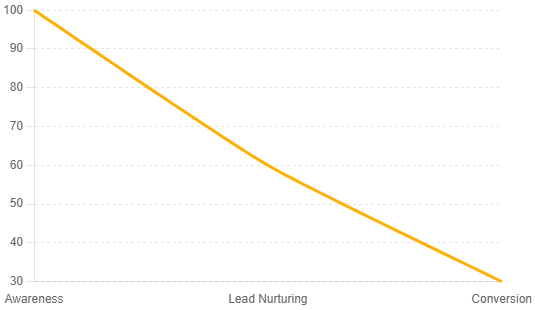
Stage 1: Identify Your Target Audience
Identifying your target audience is the first step in creating an effective email marketing funnel. Start by analyzing demographics like age, gender, location, and income.
Understand psychographics such as interests, values, and lifestyle. Use tools like surveys, social media insights, and market research to gather data.
Knowing your audience helps tailor your messages to their needs and preferences, increasing engagement and conversions. For instance, targeted emails can have a 29% higher open rate and 41% higher click rate.
Stage 2: Map Out Your Customer Journey
Mapping out your customer journey helps you understand the steps from awareness to conversion. Visualize each stage: awareness, consideration, and decision.
Identify key touchpoints where customers interact with your brand. Use this map to create targeted email content for each stage.
For example, during the awareness stage, provide informative content, while in the decision stage, offer compelling calls to action. A clear customer journey map ensures your emails meet customer needs, boosting engagement and conversion rates.
Stage 3: Create Awareness
Creating awareness is crucial at the top of the funnel. Start with content marketing, and social media advertising services to make potential customers aware of your brand.
Share informative blog posts, engaging social media updates, and targeted ads to reach a wider audience. For example, using social media ads can increase brand awareness by 80%.
The goal is to attract new leads and introduce them to your brand, setting the stage for further engagement and nurturing.
Examples of Awareness Email Campaigns:
- Welcome Series: Introduction to your brand and its values. Outline what new subscribers can expect. Include a welcome discount or free resource. Call to action to visit your website or follow on social media.
- Company Story: Share the history and mission of your business. Include personal anecdotes and inspiration behind the brand. Highlight key achievements and milestones. Call to action to learn more on your website.
- Holiday or Seasonal Greetings: Send warm holiday wishes. Include a holiday-themed promotion or discount. Suggest products or services as holiday gifts. Encourage readers to shop your holiday collection.
- Exclusive Previews: Give subscribers a sneak peek at upcoming products or services. Highlight key features and benefits. Provide details on the expected release date. Include a special pre-order discount or offer.
Stage 4: Capture Leads
Capturing leads involves collecting contact information from interested prospects using techniques like lead magnets, opt-in forms, and landing pages. Offer incentives such as free downloads, discounts, or exclusive content in exchange for email addresses. Well-designed forms and clear calls to action on your website can significantly boost sign-ups.
For example, in this lead form image, landing pages with lead magnets can increase conversion rates by up to 50%. Capturing leads is essential for growing your email list and nurturing potential customers through your marketing funnel.
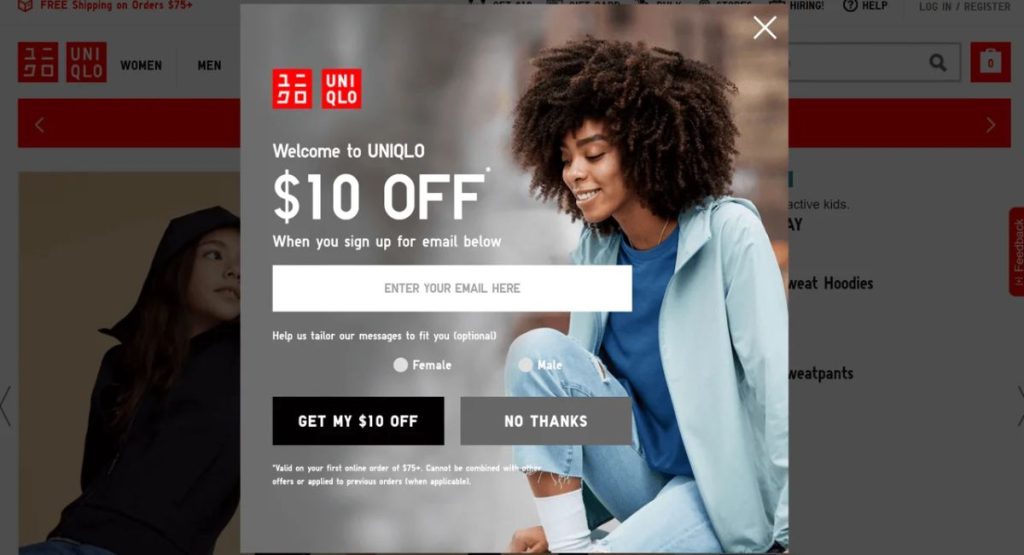
This above image showcases effective lead capture forms, highlighting how well-designed fields and clear calls to action can streamline the process of collecting valuable contact information from potential customers. Use this strategy to enhance your email marketing efforts and build a robust subscriber base.
Stage 5: Nurture Leads
Nurturing leads involves building relationships through email marketing. Use follow-up emails, drip campaigns, and personalized content to keep leads engaged.
Share valuable information, offer solutions, and address their needs. Because personalized emails can increase engagement rates by 20%.
Regular, meaningful communication helps build trust and moves leads down the funnel toward conversion. Effective lead nurturing turns prospects into loyal customers by maintaining consistent and relevant interactions.
Stage 6: Convert Leads into Customers
Converting leads into customers requires strategic techniques. Use clear calls-to-action, limited-time offers, and personalized sales tactics to encourage purchases.
Offer a discount that can boost conversion rates by 10-20%. Highlight the benefits and urgency in your emails to motivate action.
Effective follow-ups and personalized messages increase trust and prompt leads to buy. These strategies ensure higher conversion rates, turning prospects into paying customers and driving revenue growth for your business.
Stage 7: Retain Customers
Retaining customers post-purchase is key for long-term success. Use strategies like loyalty programs, follow-up emails, and re-engagement campaigns.
Offering exclusive deals and personalized recommendations keeps customers coming back. For instance, loyalty programs can boost repeat business by 20%.
Regular communication and showing appreciation build trust and loyalty, encouraging customers to stick with your brand. Effective retention strategies lead to sustained growth and increased lifetime value of customers.
How to Create Effective Email Marketing Campaigns for Small Businesses
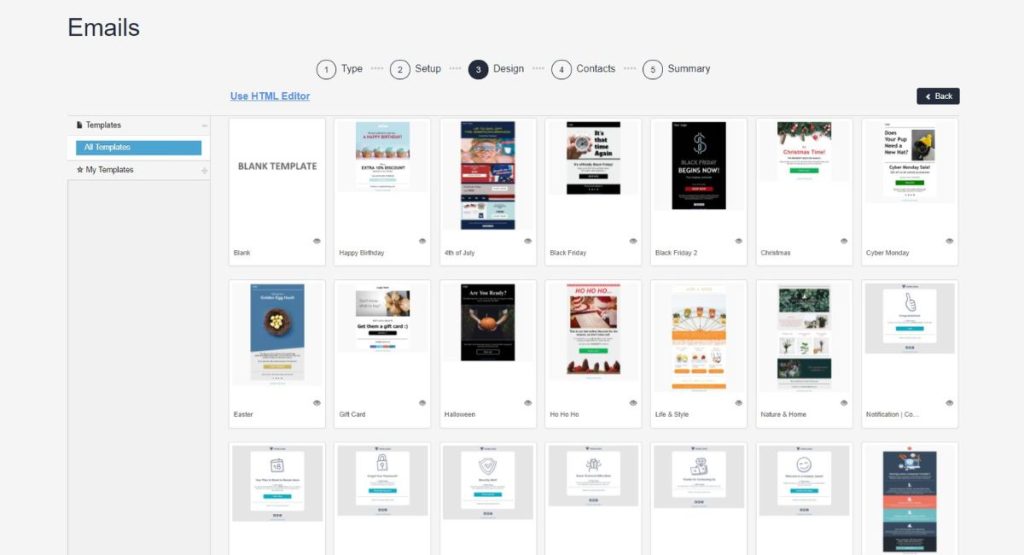
Creating effective email marketing campaigns for small businesses involves setting clear objectives, understanding your audience, and using the right platforms. Develop engaging content and persuasive CTAs.
Use metrics to track performance and make data-driven adjustments. This practical approach ensures clarity, effectiveness, and success in your email marketing efforts.
Step 1. Setting Clear Objectives
Setting clear objectives is crucial for email marketing success. Define specific, measurable goals to guide your campaign. Objectives like increasing open rates by 20% or boosting sales by 15% provide direction and focus.
Use Key Performance Indicators (KPIs) to track progress and measure success. Clear goals help identify what works and what needs improvement.
For example, a campaign with defined objectives can achieve a 30% higher success rate. By setting clear objectives, you ensure your email marketing efforts are strategic and goal-oriented.
Step 2. Develop a Proper Email Strategy
Creating a proper email strategy is essential for successful campaigns. Start with a content calendar to plan your emails and ensure consistency. Segment your audience to send targeted messages that resonate.
Plan your campaigns around key dates and events to maximize engagement. For instance, segmented emails can lead to a 760% increase in revenue. A well-thought-out strategy includes clear goals, targeted content, and regular analysis to refine and improve results.
This strategic approach ensures your email marketing efforts are organized, effective, and aligned with your business goals.
Step 3. Choose the Right Email Marketing Platform
Selecting the right email marketing platform is key to your campaign’s success. Compare popular platforms like Mailchimp, Constant Contact, and Sendinblue.
Look for features such as ease of use, automation capabilities, and pricing because marketing automation for small businesses can stabilize their reach and growth. For instance, Mailchimp offers a free plan for small businesses, while Sendinblue provides robust automation tools.
The right platform should fit your business needs and budget, making it easier to manage campaigns, track performance, and achieve your marketing goals. A well-chosen platform enhances efficiency and effectiveness in your email marketing efforts.
Step 4. Decide on the Types of Emails to Send
Deciding on the types of emails to send is crucial for an effective campaign. Include a mix of newsletters, promotional offers, and updates to keep your audience engaged. Newsletters build relationships by sharing valuable content.
Promotional emails drive sales with special offers and discounts. Updates inform customers about new products or services; like promotional emails can boost sales by up to 20%.
Varying your email types ensures your content stays fresh and relevant, meeting different needs and increasing overall engagement with your audience.
Step 5. Design Your Emails Perfectly
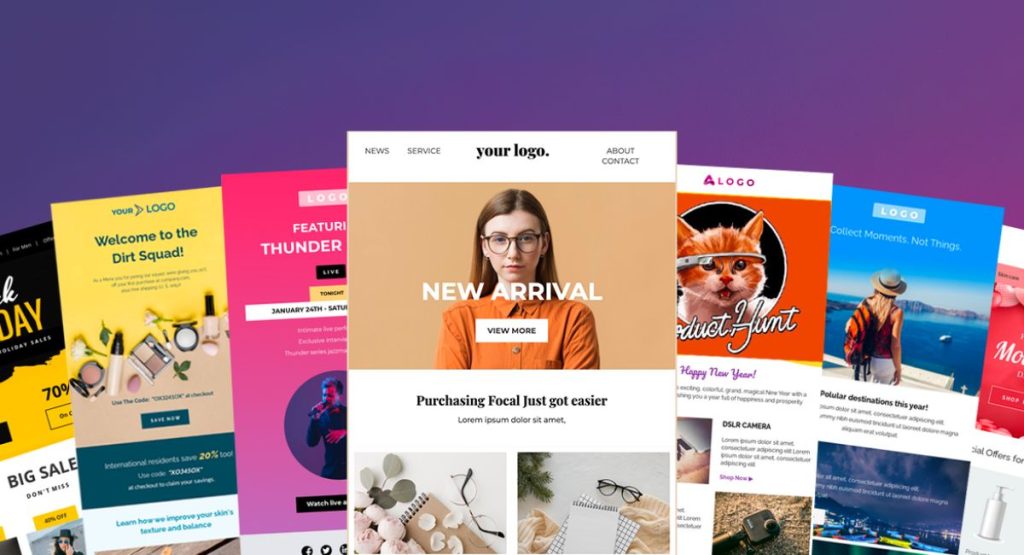
Designing your emails perfectly is key to engaging readers. Use clean, professional templates with a balanced layout. Include high-quality images and keep text concise.
Ensure your design is mobile-friendly since 46% of email opens occur on mobile devices. Create a persuasive and readable content structure that ensures your brand’s colors and fonts are consistent.
Studies show that well-designed emails can increase click-through rates by up to 18%. Good design makes your emails visually appealing and more effective in conveying your message, ultimately leading to better engagement and results.
Step 6. Launch Your Campaign
Launching your email campaign involves careful planning and execution. Schedule your emails at optimal times for your audience. Use email marketing tools to automate the process and track initial results.
Monitor key metrics like open rates, click-through rates, and conversions. For example, emails sent on Tuesdays have higher engagement rates. Make adjustments based on performance data to improve future campaigns.
Strategic launching ensures your emails reach the right people at the right time, maximizing impact and achieving your marketing goals. Regular monitoring helps refine your approach and boost overall success.
Step 7. Optimize Your Email Campaign
Optimizing your email campaigns involves ongoing improvements based on data. Use A/B testing to compare different subject lines, content, and designs.
Track key metrics like open rates, click-through rates, and conversions to identify what works best. For example, personalized emails can improve click rates by 14%.
Regularly adjust your strategy based on these insights to enhance performance. Optimization is a continuous process that ensures your emails remain effective, relevant, and engaging.
This data-driven approach helps maximize the efficiency and success of your email marketing efforts over time.
Step 8. Analyzing Performance Metrics
Analyzing performance metrics involves evaluating open rates, click rates, and conversion rates to gauge campaign success. Use this data to gain insights and understand what works.
For instance, improving open rates by 10% can significantly boost engagement and conversions, leading to better results.
11 Best Tips for Successful Email Marketing Campaigns

Successful email marketing involves several key elements to improve your campaigns. Focus on segmenting your audience and personalizing emails to enhance engagement. Regularly monitor performance metrics and maintain a clean email list. Sending valuable content and complying with email regulations will help create impactful email campaigns that engage and convert your audience.
1. Audience Segmentation and Personalization
Personalizing emails to specific audience segments is crucial for effective email marketing. By dividing your audience into groups based on demographics, behavior, or interests, you can send content that resonates with each segment.
Personalized emails show higher engagement rates, with personalized subject lines increasing open rates by 26%. Using customer data to create relevant messages strengthens the connection with your audience.
This targeted approach not only boosts engagement but also enhances the overall effectiveness of your email campaigns, leading to better conversion rates and customer satisfaction.
2. Sending Emails at the Right Time
Timing your emails for maximum impact is key to boosting engagement. Analyze your audience’s behavior to determine the best times to send emails.
Studies show that emails sent on Tuesdays have higher open rates, while those sent in the morning often perform better. Use analytics and A/B testing to refine your timing strategy.
Scheduling emails when your audience is most active increases visibility and effectiveness, leading to higher open and click-through rates. Finding the optimal send time ensures your emails reach your audience when they are most likely to engage.
3. Engaging Subject Lines
Crafting compelling subject lines is crucial for capturing attention and boosting open rates. Use hooks and personalization to make your subject lines engaging.
Keep them short and clear; around 6-10 words is ideal. Questions, numbers, and action words can also grab attention.
Examples: High-performing subject lines
- “You Won’t Believe This Deal!”
- “Last Chance to Save Big!”
- “Unlock Your Exclusive Offer”
- “Limited Time: 50% Off Sale”
- “Special Gift Inside Just for You”
- “Exclusive Offer Just for You”
- “5 Tips to Improve Your Day.”
These types of personalized subject lines can increase open rates by 26%.
An engaging subject line makes your email stand out in a crowded inbox, driving higher engagement and visibility for your message.
4. Using Images with Alt Text
Incorporating images in emails effectively enhances visual appeal and engagement. Always use high-quality images and include alt text for accessibility.
Alt text ensures that recipients who can’t see the images still understand the content. This practice improves user experience and complies with accessibility standards.
For example, describing an image as “Smiling customer holding our product” makes your email more inclusive.
Optimized images with alt text also help in situations where images don’t load, ensuring your message remains clear. Using images with proper alt text boosts engagement and keeps your emails accessible to all readers.
5. Clear and Strong Call to Action (CTA)
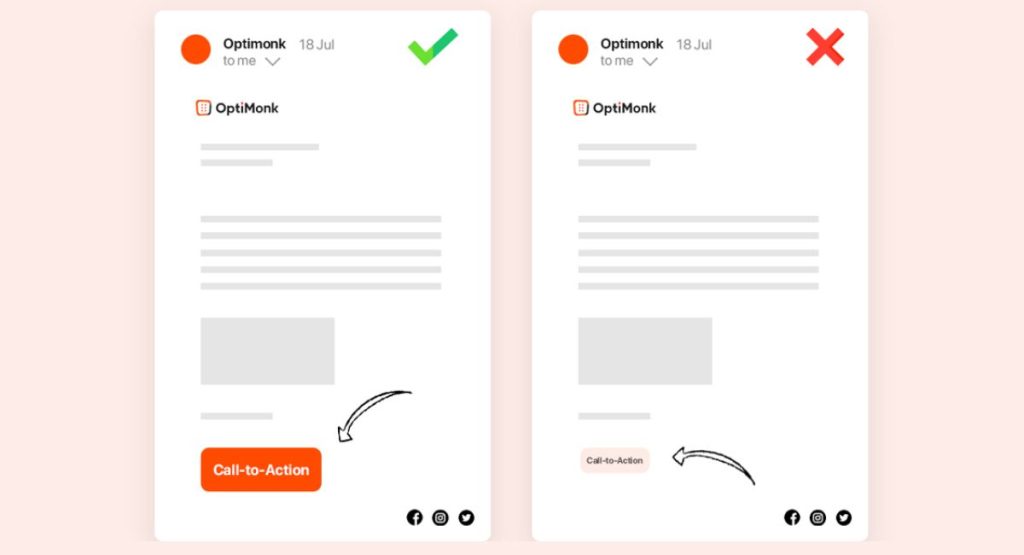
Creating a clear and strong call to action (CTA) is vital for driving action in your emails. Use compelling language that prompts readers to act, like “Buy Now” or “Learn More.”
Place CTAs prominently, using buttons or links to make them stand out. Studies show that emails with a single CTA increase clicks by 371% and sales by 161%.
Ensure your CTAs are concise and direct, guiding recipients toward the desired action. For effective CTAs you can get content writing services to enhance engagement and boost conversion rates, making your email campaigns more successful.
Example Buttons: Effective CTAs
- “Sign Up Today”
- “Download Free Guide”
- “Join Our Community”
- “Claim Your Discount”
- “Subscribe for Updates”
- “Book Your Spot”
- “Request a Demo”
These CTA buttons are clear, action-oriented, and designed to prompt immediate engagement from the user. They convey a direct and compelling message that encourages the recipient to take the desired action.
6. Automated email campaigns
Automated email campaigns use triggers and sequences to send emails automatically based on user actions. This approach saves time and ensures consistency.
For example, welcome emails or follow-ups after a purchase keep customers engaged without manual effort. Marketing Automation boosts efficiency and can increase open rates by 70.5%, making it a valuable strategy for effective email marketing.
7. Including Social Sharing Buttons
Putting social sharing buttons in your emails can significantly enhance your presence on social platforms.
A social media marketing guide for businesses suggests adding these buttons to encourage recipients to share your content on Facebook, Twitter, and LinkedIn.
This practice boosts visibility and reach. Emails with social sharing buttons have a 158% higher click-through rate. Make the buttons accessible and visually appealing.
This integration expands your audience, drives traffic to your website, and improves overall campaign effectiveness, making your email marketing more engaging and impactful.
8. Mobile-Friendly Email Designs
Optimizing emails for mobile devices is essential for engagement. Use a responsive design that adjusts to different screen sizes.
Keep layouts simple and touch-friendly with readable fonts and clear CTAs. Statistics show that 46% of email opens occur on mobile devices.
Ensuring your emails are mobile-friendly improves accessibility and user experience, leading to higher engagement and better results for your campaigns.
9. Tracking and Optimizing with Analytics
Using analytics to improve email performance is key. Monitor metrics like open rates, click rates, and conversion rates to gain insights.
Use this data to make informed adjustments to your campaigns. For instance, analyzing click rates can help refine your call-to-action strategies.
Data-driven optimization leads to more effective emails, higher engagement, and better overall results for your marketing efforts.
10. Conducting A/B Testing on Emails
Testing your emails helps improve campaign performance. By creating two versions of an email with slight variations, you can send each to a test group and analyze which performs better. For example, testing different subject lines can reveal which one boosts open rates.
This data-driven approach ensures your emails are optimized for effectiveness, leading to higher engagement and better overall results. A/B testing is a simple yet powerful way to refine your email marketing strategy.
11. Integration with Other Marketing Channels
Integration with other marketing channels enhances the effectiveness of your email campaigns. Syncing email efforts with social media, SEO, and content marketing creates a cohesive strategy.
For instance, promoting email content on social media can boost visibility, while using SEO techniques ensures emails align with search trends.
This multi-channel approach increases reach, engagement, and overall marketing synergy, leading to better results and a stronger brand presence.
How Much Should Email Marketing Cost For Your Business?

Understanding email marketing costs involves considering various factors.
- Pricing plans for email marketing tools, like Mailchimp or Constant Contact, vary based on the number of subscribers and features.
- Basic plans might start at $10 per month, while more advanced options can cost over $300 monthly. Factor in costs for design, content creation, and analytics.
- Planning a budget for digital marketing includes email marketing costs, and ensures your expenses align with the expected ROI.
This chart provides a detailed breakdown of typical email marketing costs:
| Cost Factor | Average Price |
| Email Software | $20-$300/month |
| Design Services | $500-$2000 |
| Analytics Tools | $50-$200/month |
| Copywriting | $100-$500 |
| Automation | $100-$500 |
Email Marketing Laws and Regulations
Understanding the laws and regulations of email marketing ensures that marketing practices are ethical and protect consumer privacy. Key regulations include obtaining consent before sending emails, providing clear opt-out options, and respecting user privacy. Non-compliance can result in huge fines.
Following these rules builds trust with your audience and ensures your email campaigns are both legal and effective. Understanding and adhering to these regulations is essential for successful email marketing.
The following chart outlines key regulations and their requirements:
| Regulation | Key Requirement | Applicable Region |
| GDPR | Consent and data protection | EU |
| CAN-SPAM | Unsubscribe option, truthful info | USA |
| CASL | Explicit consent, identity disclosure | Canada |
1. GDPR (General Data Protection Regulation)
GDPR (General Data Protection Regulation) is a European regulation focused on protecting personal data and privacy. It requires businesses to obtain explicit consent before collecting or processing personal data.
Email marketers must provide clear opt-in options and allow users to withdraw consent easily. Non-compliance can result in hefty fines.
GDPR ensures users have control over their data, enhancing privacy and trust in digital marketing practices. Compliance with GDPR is mandatory for businesses targeting European customers.
2. CAN-SPAM Act
The CAN-SPAM Act sets rules for commercial emails in the U.S., ensuring recipients can easily opt out. It requires clear sender information, honest subject lines, and a visible unsubscribe option.
Non-compliance can lead to big fines. This law aims to reduce spam and protect consumers. Adhering to CAN-SPAM builds trust and ensures legal, respectful email marketing practices, which is essential for maintaining a good reputation and avoiding penalties.
3. CASL (Canada’s Anti-Spam Legislation)
CASL (Canada’s Anti-Spam Legislation) regulates commercial emails sent to Canadians. It requires express consent from recipients, clear sender identification, and a functional unsubscribe mechanism.
Non-compliance can result in significant fines. CASL aims to protect consumers from unwanted emails and maintain trust in digital communications.
For email marketers, adhering to CASL ensures legal compliance and enhances the credibility of their email campaigns, fostering better relationships with Canadian customers.
Best Email Marketing Tools for Small Businesses
Choosing the best email marketing tools for small businesses involves comparing features, pricing, and usability. Look for platforms that offer automation, easy-to-use interfaces, and robust analytics.
For instance, some tools offer free plans with basic features, while others provide advanced options at higher costs. Effective email marketing software enhances campaign efficiency, improves customer engagement, and drives better results, making it easier for small businesses to succeed.
1. Mailchimp

Mailchimp is a user-friendly, versatile email marketing platform ideal for small businesses. It offers a range of features, including customizable templates, automation tools, and robust analytics.
Mailchimp’s free plan makes it accessible for startups, while its advanced features support growing businesses. This platform enhances efficiency and effectiveness in email marketing campaigns.
2. Sendinblue
Sendinblue is a comprehensive, user-friendly email marketing platform offering automation, SMS marketing, and CRM features. Its affordable pricing makes it ideal for small businesses.
With tools for creating personalized campaigns and detailed analytics, Sendinblue enhances marketing effectiveness and engagement, providing great value for businesses aiming to grow their audience and optimize their email efforts.
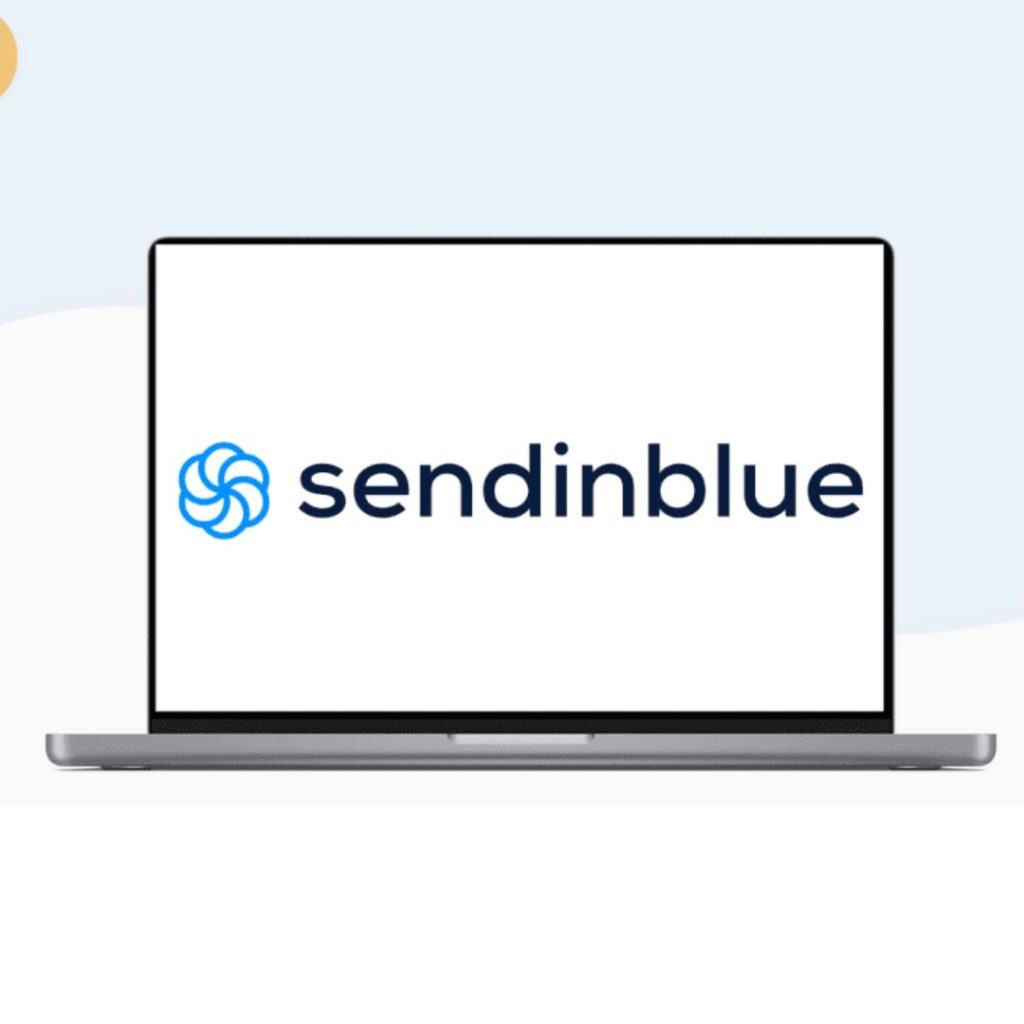
3. Klaviyo

Klaviyo is a powerful email marketing platform favored by e-commerce businesses. It offers advanced segmentation, personalization, and seamless e-commerce integration.
These features help create highly customized and effective campaigns, boosting customer engagement and sales. Klaviyo’s robust capabilities make it a top choice for businesses looking to maximize their email marketing efforts and drive growth.
4. ActiveCampaign
ActiveCampaign is a powerful email marketing and automation platform known for its advanced features. It offers customizable automation workflows, robust segmentation, and integrated CRM tools.
These capabilities help businesses create personalized campaigns and improve customer engagement. ActiveCampaign’s effectiveness and flexibility make it a top choice for businesses seeking advanced email marketing solutions.
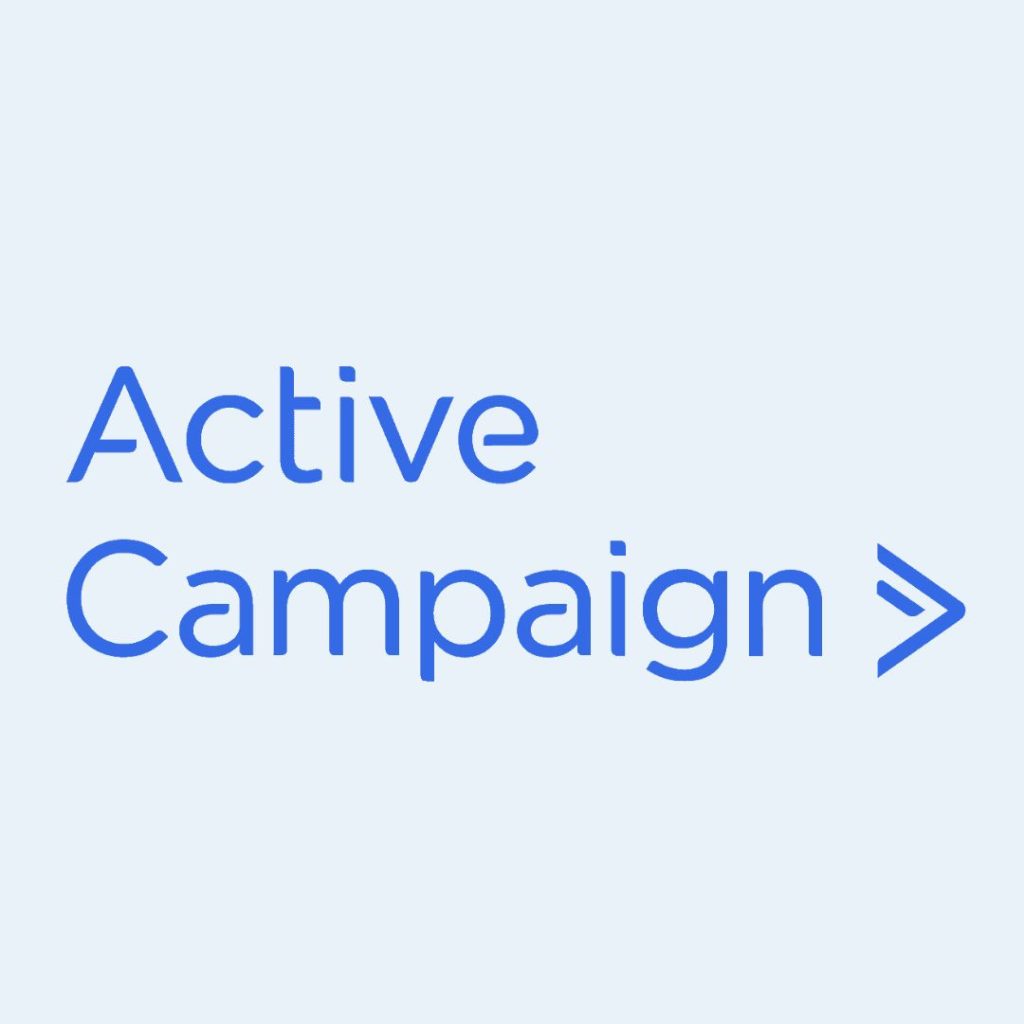
5. Moosend
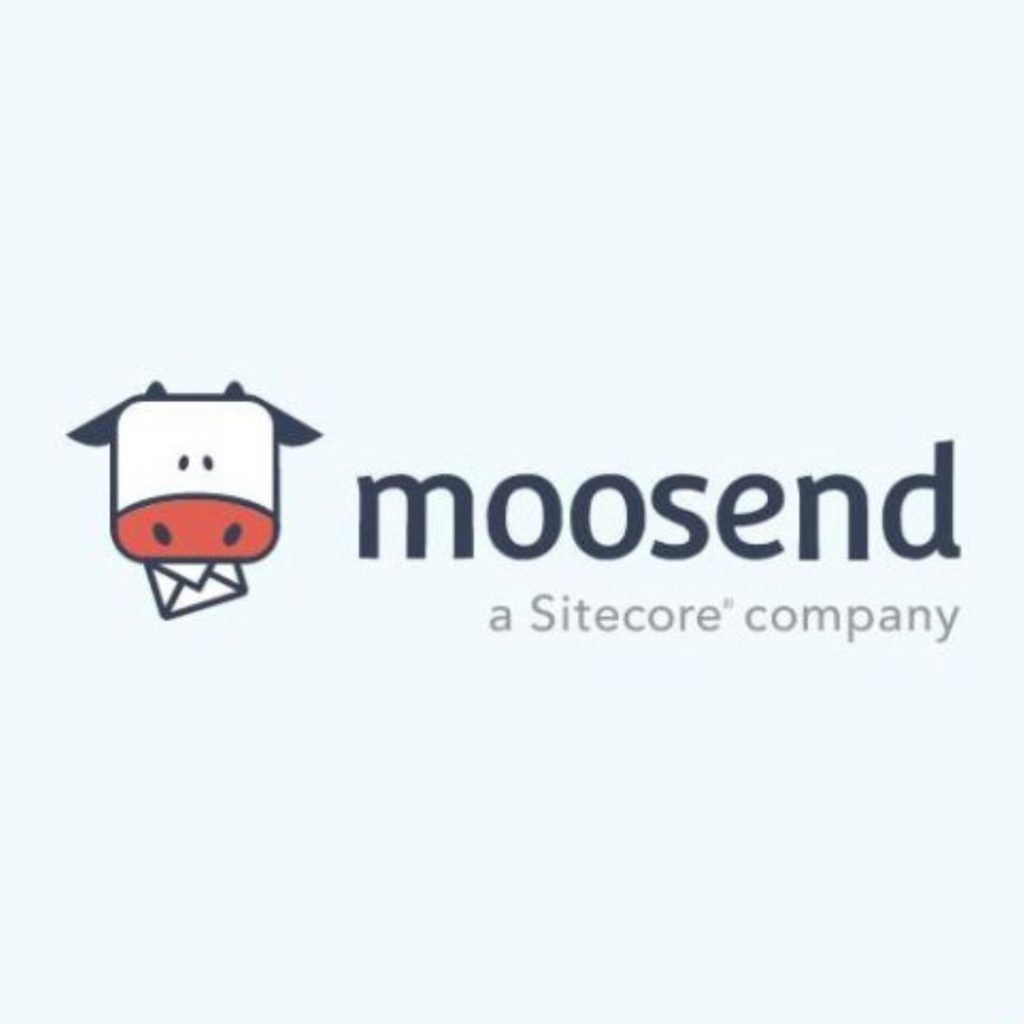
Moosend is a user-friendly, cost-effective email marketing platform ideal for small businesses. It offers versatile features like customizable templates, automation, and detailed analytics.
Moosend’s affordability and efficiency make it a great choice for creating effective email campaigns, helping businesses engage customers, and track performance without breaking the bank.
6. MailerLite
MailerLite is a simple, efficient, and user-friendly email marketing platform. It offers features like customizable templates, a drag-and-drop editor, and automation tools.
MailerLite’s affordability and ease of use make it ideal for small businesses. These benefits help create professional email campaigns that engage customers and drive results without complexity.
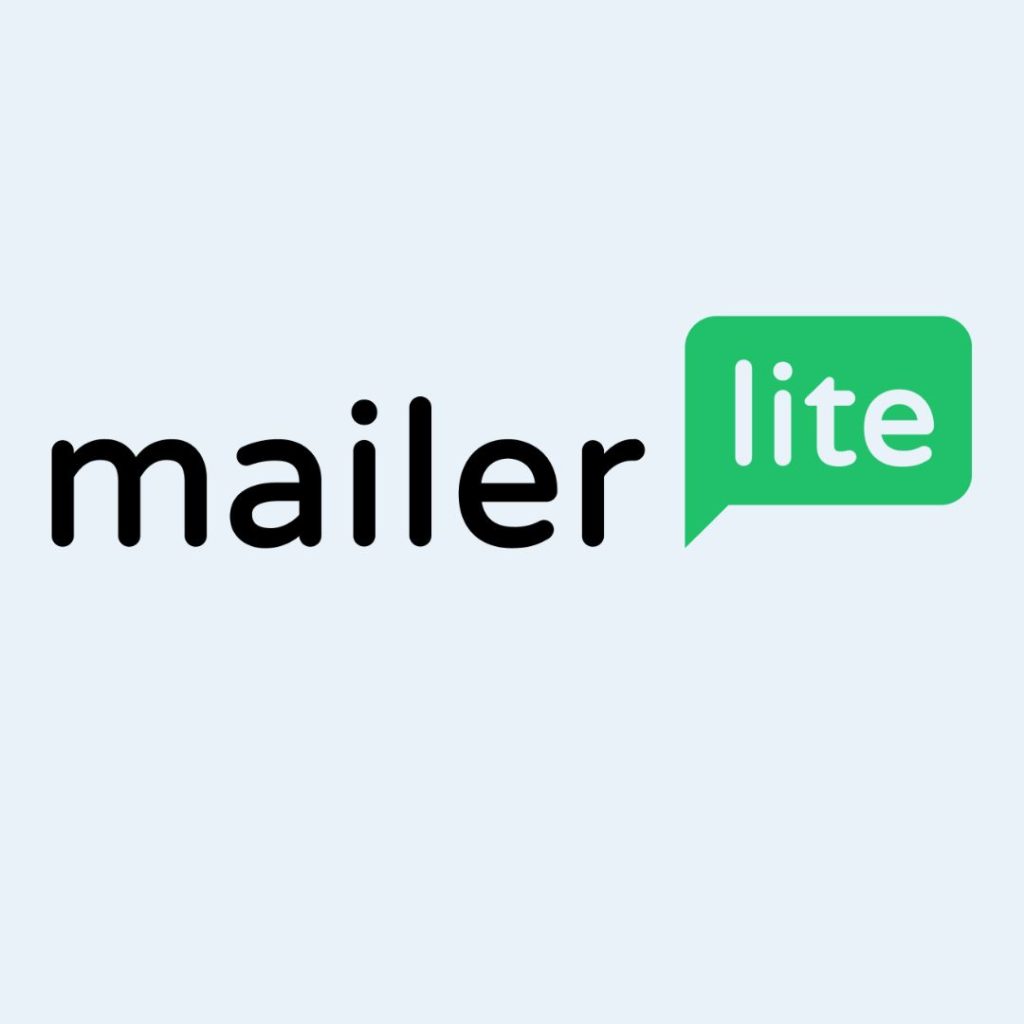
7. GetResponse
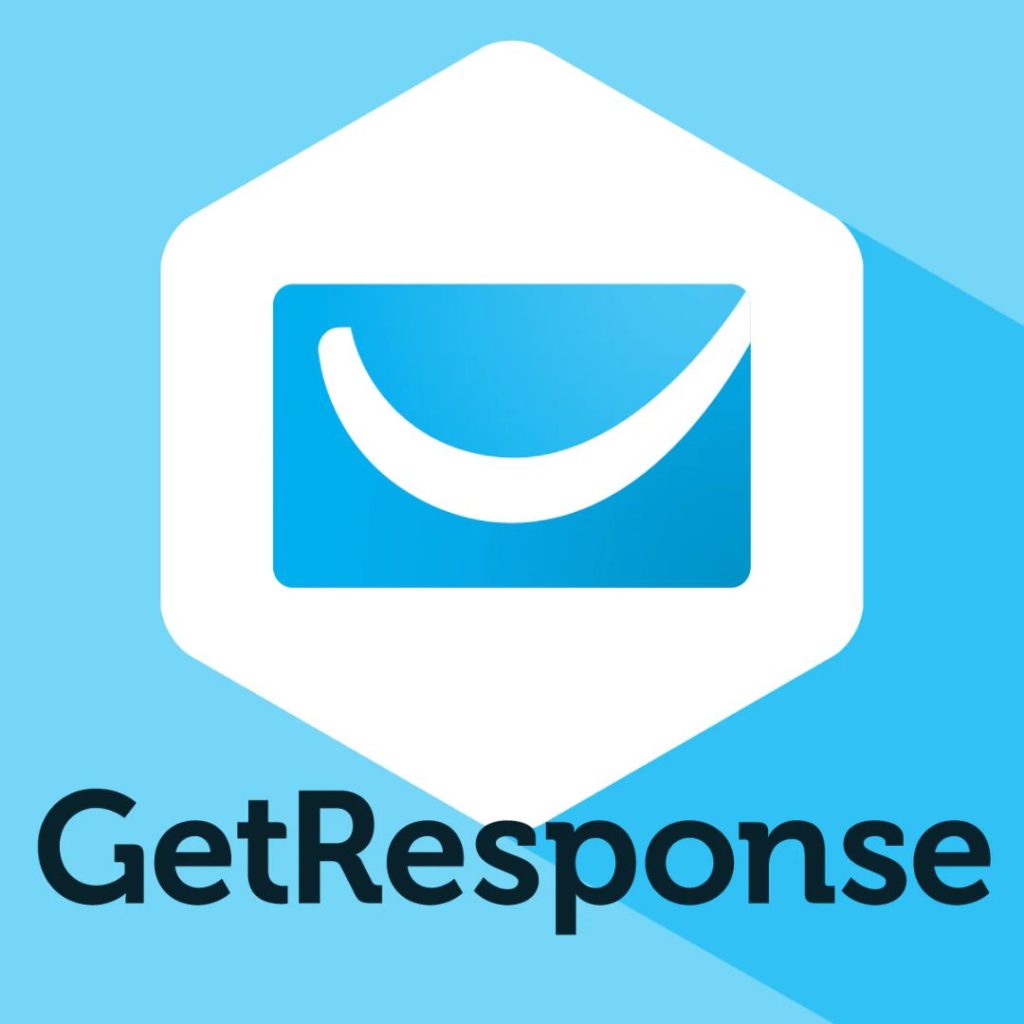
GetResponse is a comprehensive email marketing tool known for its versatility and advanced features. It includes automation, CRM integration, and webinar hosting capabilities.
These features make it effective for creating dynamic campaigns and engaging customers. GetResponse’s robust platform supports various marketing needs, enhancing overall campaign effectiveness and integration across marketing channels.
8. Constant Contact
Constant Contact is a reliable and user-friendly email marketing platform. It offers customizable templates, event marketing tools, and social media integration. These features make it versatile and effective for engaging customers and managing campaigns.
Constant Contact’s consistent performance and ease of use make it a popular choice for businesses seeking dependable email marketing solutions.
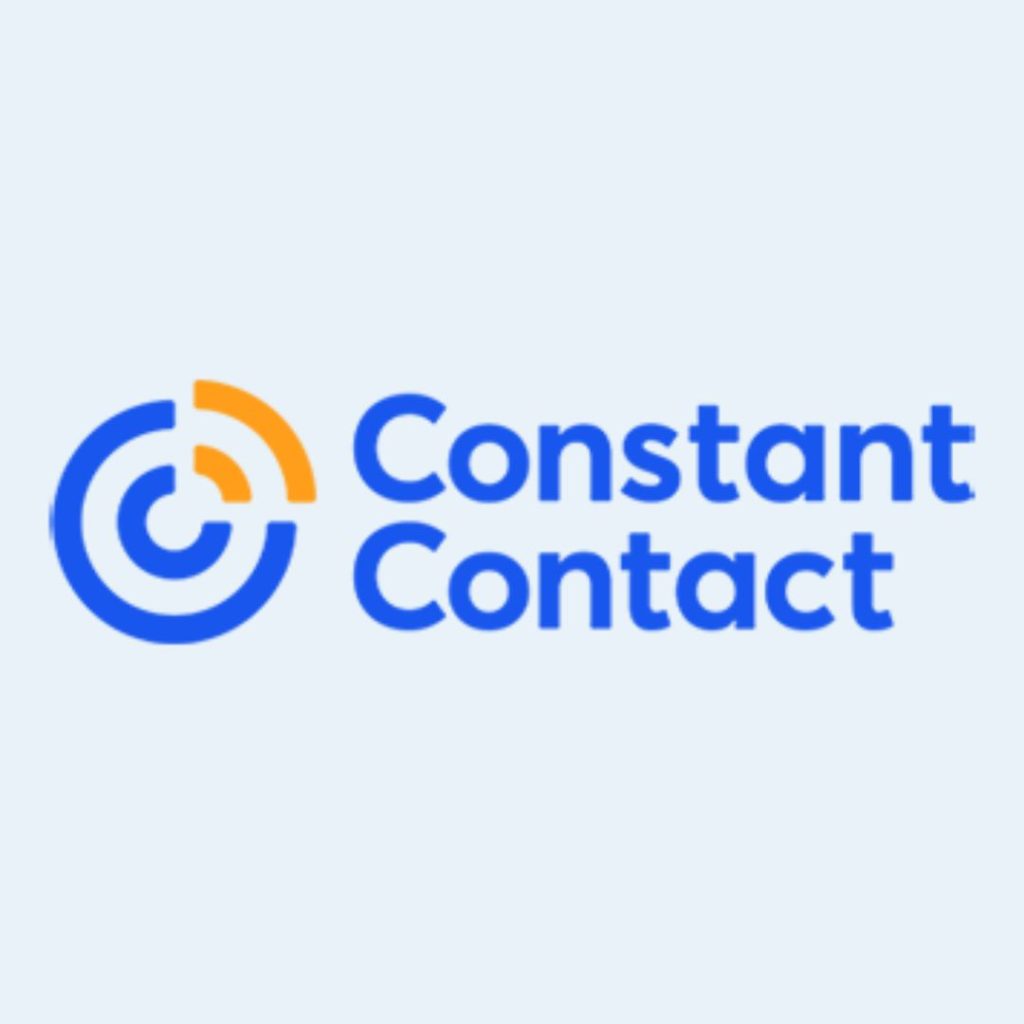
Here’s the detailed comparison table of above top email marketing tools for small businesses, including key features and pricing:
| Tool | Key Features | Pricing |
| Mailchimp | Automation, Templates, Analytics | Free to $299/mo |
| Sendinblue | SMS Marketing, CRM, Automation | Free to $66/mo |
| Klaviyo | Segmentation, Personalization, E-commerce Integration | Free to $1,700/mo |
| ActiveCampaign | CRM, Automation, Segmentation | $15 to $279/mo |
| Moosend | Templates, Automation, Analytics | $8 to $608/mo |
| MailerLite | Templates, Drag-and-Drop Editor | Free to $50/mo |
| GetResponse | Webinars, Automation, CRM | $15 to $99/mo |
| Constant Contact | Templates, Event Marketing, Social Media Integration | $20 to $335/mo |
Best Email Marketing Campaign Examples (Case Studies)
Analyzing successful email marketing campaigns from well-known brands provides valuable insights for your upcoming campaigns. These case studies illustrate practical strategies and inspire new ideas.
For example, campaigns that increase engagement or conversion rates offer lessons on what works best. Learning from these examples helps you adopt best practices and improve your email marketing efforts.
1. Netflix
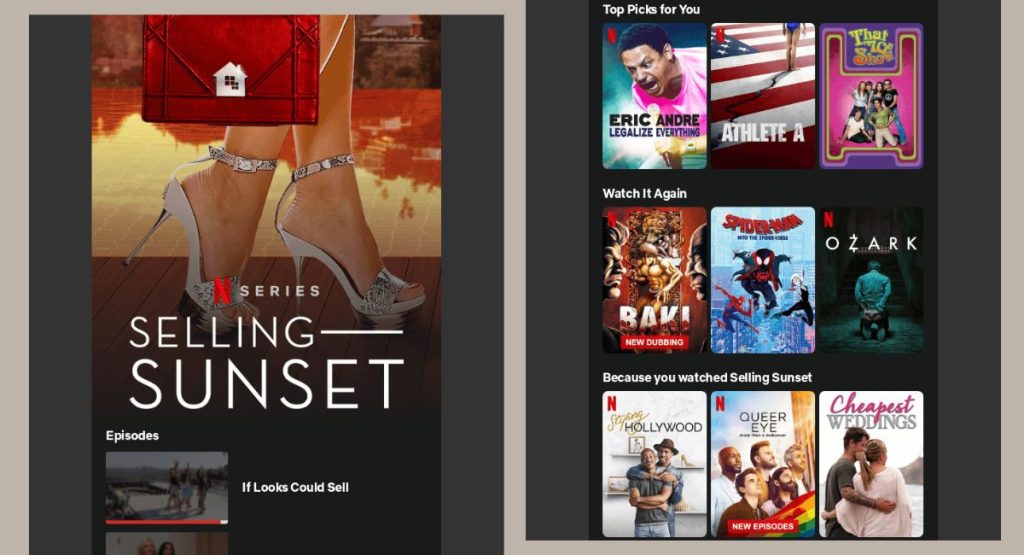
Netflix revamped its email marketing strategy by focusing on personalization and engagement. They began sending tailored recommendations based on user viewing history, leading to more relevant and engaging content.
- Tailored Recommendations: Based on user viewing history, ensure each email contains personalized show recommendations and updates on new releases customized to individual preferences.
- Results: 30% increase in email open rates and a 25% boost in click-through rates, indicating improved user engagement and enhanced customer retention rates.
- Dynamic Content: Implementation of dynamic content to ensure emails are highly relevant to the recipient, utilizing data analytics to segment the audience effectively.
- A/B Testing: Continuous refinement of email content and layout through A/B testing, optimizing for higher engagement and effectiveness.
- Strategic Automation: Utilization of automation to send timely emails based on user activity, including reminders for unfinished shows and suggestions for new content based on past viewing habits.
This comprehensive overhaul of their email marketing strategy underscores the importance of personalization and data-driven decision-making in driving growth and maintaining user interest in a highly competitive market.
2. Starbucks
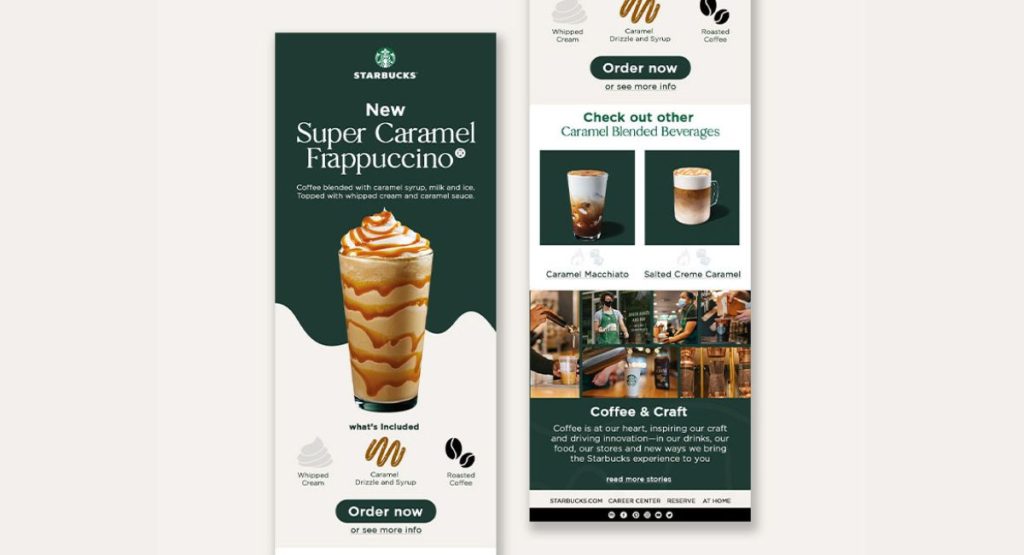
Starbucks has crafted a highly effective email marketing strategy centered around customer engagement and brand loyalty. Their emails often feature personalized content, tailored to the individual preferences and purchase history of their customers. This personalization includes special offers, product recommendations, and updates on new products, ensuring that each email resonates with the recipient.
- Personalized Content: Tailored to individual preferences and purchase history. Added special offers, product recommendations, and updates on new products.
- Rewards Program: Emails highlight points balances and reward status. Personalized offers to encourage store visits. Notifications about double star days or bonus stars for specific purchases.
- Visually Appealing Content: High-quality images of beverages and snacks. Concise and engaging copy with seasonal themes and promotions featured prominently.
- Results: 15% increase in customer engagement rates and a significant boost in mobile app usage and in-store visits.
- A/B Testing: Continuous refinement of email content. Testing different subject lines, images, and offers. Optimization for higher open and click-through rates.
Overall, Starbucks’ email marketing strategy stands out due to its strong focus on personalization, rewards, and visually engaging content. These elements work together to foster a loyal customer base and drive continued growth, demonstrating the power of well-executed email marketing in maintaining and enhancing customer relationships.
3. Airbnb
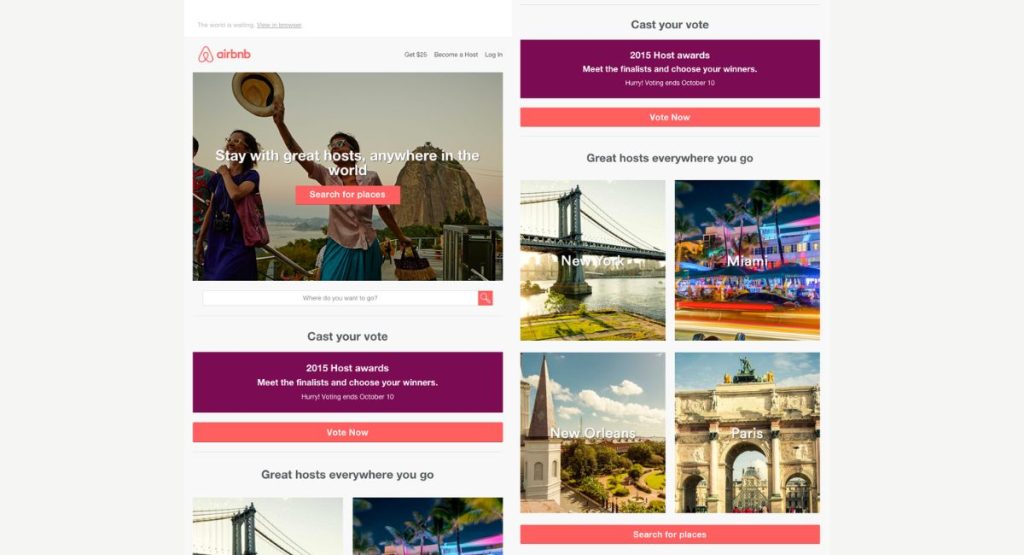
Airbnb has developed a highly effective email marketing strategy that significantly boosts engagement and drives bookings. Their approach is distinct due to its focus on personalization and user experience. Airbnb tailors its emails to the preferences and behaviors of individual users, ensuring that each message is relevant and engaging.
- Personalized Recommendations: Tailored suggestions for destinations, accommodations, and experiences. Based on user data analysis of previous searches and bookings. Enhances user experience with valuable, curated content.
- User-Generated Content: Emails feature reviews and photos from other travelers. Builds trust and inspires potential guests. Leverages social proof to make recommendations more compelling.
- Visually Appealing Content: High-quality images and compelling copy. Captures the essence of the travel experience. Seasonal themes and timely promotions (e.g., holiday getaways, last-minute deals).
- Results: 25% increase in email open rates. 20% boost in click-through rates. Direct correlation with higher booking rates and customer retention.
- A/B Testing: Continuous refinement of email content. Experimentation with different subject lines, images, and calls to action. Optimization for maximum impact and effectiveness.
Overall, Airbnb’s email marketing strategy stands out for its personalized, user-centric approach. By focusing on tailored recommendations, user-generated content, and visually engaging emails, Airbnb effectively drives engagement and bookings, demonstrating the power of strategic email marketing in the travel and hospitality industry.
4. Headspace
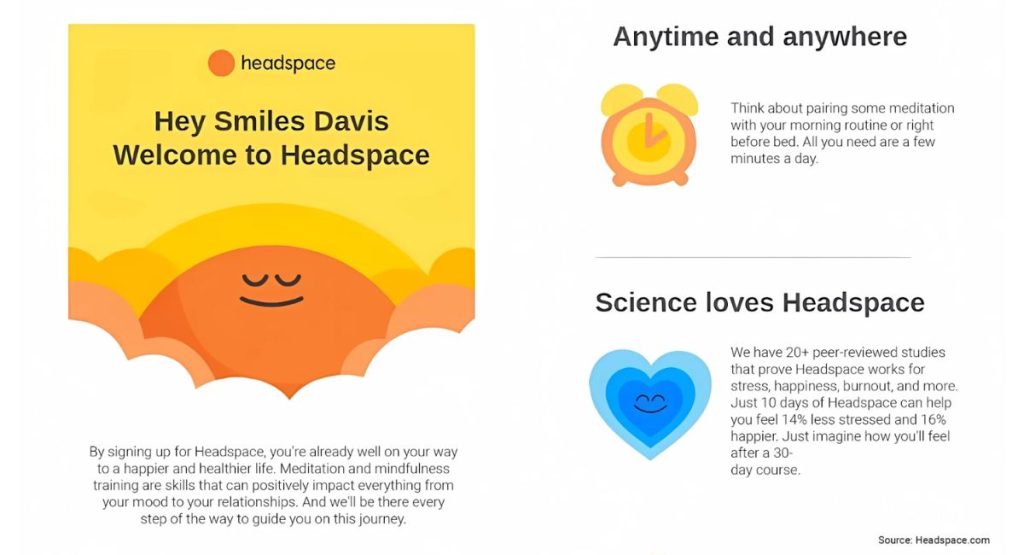
Headspace has crafted an email marketing strategy that effectively engages subscribers by focusing on mindfulness and personalization. Their approach is distinctive due to its calming, user-centric content designed to support mental well-being. Headspace tailors its emails to individual user preferences and behaviors, ensuring that each message is relevant and engaging.
- Personalized Content: Tailored meditation recommendations and mindfulness tips based on user data analysis of individual preferences and behaviors.
- Consistent Tone and Aesthetic: Clean and calming design with soothing colors and minimalist layouts, reflecting the brand’s focus on mindfulness.
- Emphasis on Educational Content: Regularly sends articles, tips, and guides on mindfulness and mental health, providing value to subscribers and establishing authority in the mindfulness space.
- Results: 30% increase in email open rates and a 25% boost in click-through rates, leading to higher app usage and subscription rates.
- A/B Testing: Continuous improvement of email campaigns through experimentation with different subject lines, content formats, and calls to action.
Overall, Headspace’s email marketing strategy stands out for its focus on personalization, consistent branding, and educational content. By providing calming and relevant emails, Headspace effectively engages its subscribers, driving growth and reinforcing its position as a leader in the mindfulness and mental health space.
5. Adidas
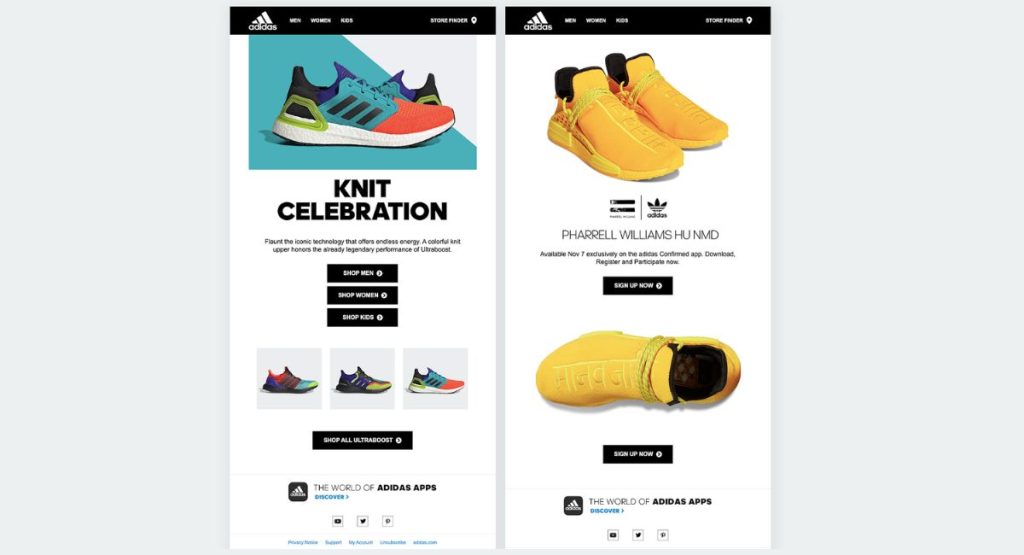
Adidas has crafted a powerful email marketing strategy that effectively drives sales and engages customers. Their approach is dynamic, focusing on promotions, product launches, and customer engagement to maintain a strong connection with their audience.
- Visually Striking Content: High-quality images of new products, upcoming releases, and exclusive promotions capture attention and showcase the brand’s commitment to innovation and style.
- Personalization: Tailored recommendations and personalized offers based on individual preferences and past purchases enhance customer experience and increase conversion rates.
- Seasonal Themes and Events: Integration of seasonal themes and events into email campaigns keeps content relevant and timely, driving sales during peak shopping periods and maintaining engagement throughout the year.
- Results: Impressive growth with a 20% increase in email open rates and a 15% boost in click-through rates, leading to higher sales and customer retention.
- A/B Testing: Continuous refinement of email campaigns through experimentation with different subject lines, layouts, and call-to-action buttons ensures effectiveness and relevance to the audience.
Overall, Adidas’ email marketing strategy stands out for its dynamic content, personalization, and timely promotions. By focusing on these elements, Adidas effectively drives sales and strengthens customer relationships, showcasing the power of strategic email marketing in the retail industry.
Future Trends in Email Marketing
Future trends in email marketing are shaping up to be innovative and forward-looking, emphasizing the use of advanced technologies and personalized strategies to enhance customer engagement. Key trends include:
- AI and Machine Learning: Enhancing personalization by predicting customer preferences and optimizing send times.
- Interactive Emails: Incorporating elements like surveys, quizzes, and clickable content to boost engagement.
- Advanced Segmentation: Using more granular customer data to create highly targeted email campaigns.
- Privacy and Data Protection: Adapting to stricter regulations and increasing transparency with customers.
Businesses should focus on these trends to stay ahead, ensuring their email marketing strategies remain effective and relevant in an ever-changing market.
Conclusion
Email marketing remains a powerful tool for businesses. By focusing on personalization, engagement, and adapting to new trends, companies can enhance their marketing efforts. Implement these strategies to boost customer relationships and drive success. Start refining your email campaigns today to see impactful results.
Email Marketing FAQs for Small Businesses
1. What are the different types of email marketing?
Email marketing includes newsletters, promotional emails, transactional emails, welcome emails, re-engagement emails, and lead nurturing emails. Each type serves specific purposes, from sharing updates to driving sales and engaging customers.
2. What are a few email marketing ideas for small businesses?
Small businesses can use personalized offers, seasonal campaigns, customer testimonials, behind-the-scenes content, and exclusive content like eBooks or webinars to engage and retain subscribers effectively.
3. How effective is email marketing for small businesses?
Email marketing is very effective for small businesses, offering high ROI, personalized communication, and cost-efficiency. It provides valuable data for continuous strategy improvement and direct customer engagement.
4. Which email marketing software is best for small businesses?
Top email marketing software for small businesses includes Mailchimp, Constant Contact, Sendinblue, AWeber, and ConvertKit. These platforms offer user-friendly features, automation, and support to enhance marketing efforts.
5. How should small businesses do email marketing?
Small businesses should build an email list, segment their audience, create engaging content, utilize automation, and track performance metrics to optimize their email marketing campaigns for better results.
6. What email marketing strategies work best for small businesses?
Effective strategies include personalization, automation, A/B testing, mobile optimization, and tracking engagement metrics. These tactics improve engagement, save time, and refine email marketing campaigns.
7. How do I start email marketing as a beginner?
Beginners should choose a user-friendly platform like Mailchimp, build an email list with sign-up forms and incentives, create a content plan, use templates, and monitor performance analytics to improve their email marketing efforts.
8. Is email marketing good for small businesses?
Yes, email marketing is highly beneficial for small businesses, offering high ROI, personalized communication, and cost-effective customer engagement. It helps build and maintain customer relationships.
9. Can email marketing be free?
Yes, email marketing can be free. Platforms like Mailchimp and Sendinblue offer free plans with basic features, allowing small businesses to start email marketing without initial costs.
10. What is the easiest email marketing platform?
Mailchimp is considered the easiest platform for beginners, with its intuitive interface, variety of templates, and comprehensive guides, making it simple to start and manage email campaigns.
11. Is email marketing worth it?
Yes, email marketing is worth it. It offers high ROI, builds strong customer relationships, drives sales, and provides valuable insights through data analytics to enhance marketing strategies.
12. What are the benefits of using AI in email marketing?
AI enhances email marketing by enabling advanced personalization, optimizing send times, improving segmentation, and automating A/B testing. This leads to higher engagement rates, better-targeted content, and more efficient campaign management (LocaliQ) (MailerLite) (Intelligent Relations) (WebFX) (Influencer Marketing Hub).

